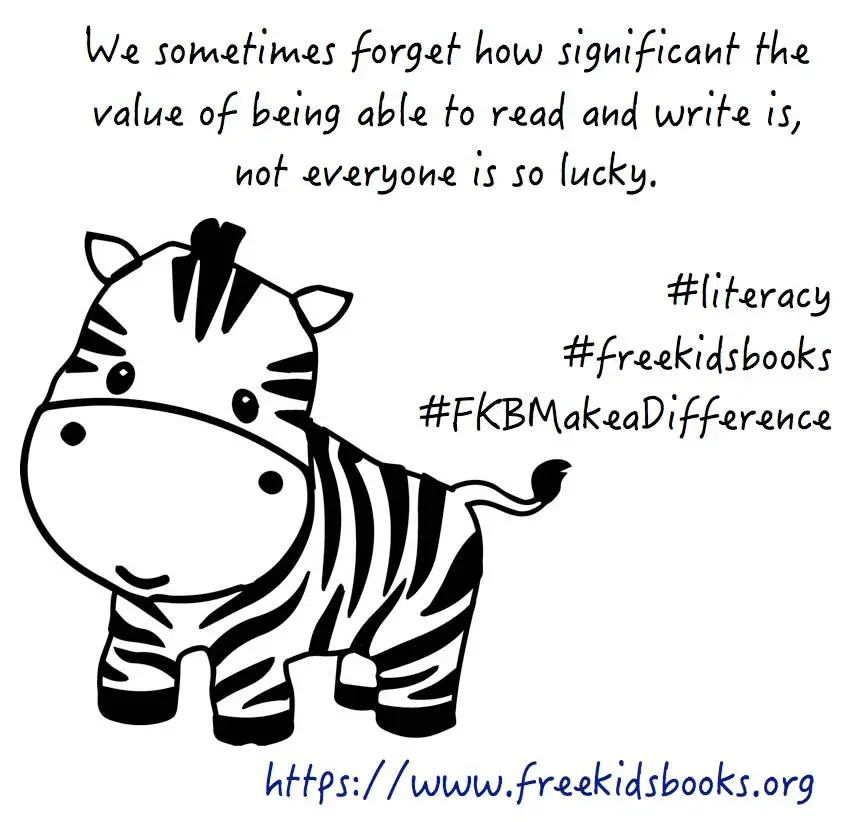
Teaching kids spirituality can be a truly unique, beautiful, and enlightening experience. Not only does it cultivate a sense of empathy and wonder, but it also fosters a better connection with the world they live in. The truth is that it doesn’t really matter if your family follows a range of faith traditions or is absolutely new to the world of spirituality; it’s crucial to keep your pumpkin’s understanding and age in mind. To help you along the way, we listed some of the basic concepts of spirituality and how parents or caregivers can present them to the next generation in a proper and meaningful way.
#1 Discuss the Idea of God and a Higher Power Above
Use the simple words to describe God. Talk about God as a higher power that is loving and kind. Let them know that God is like the connection between all living things on earth and up in the sky. If you find it hard to find the right words, say something like this, “God is like a bright and warm light that is our guide in life as we do good things for ourselves and the people around us.” Use analogies to help curious rug rats get a better understanding of God. For instance, “God is like the Sun that (you know) is always there even though you can’t see it all the time. It gives us both warmth and light.” Simple stories from your life and/or some universal parables that focus on kindness, empathy, generosity, and love might help as well.
#2 Explain the Concept of the Soul
Tell kids to consider the soul as part of human beings. Let them know it feels emotions like kindness, joy, and love. You’re welcome to tell your kids that their soul is similar to a little light inside their hearts. Tell them this light makes them unique and helps them care for others and feel happy. Use nature as an example. For instance, the seeds that grow into unique plants, fruits, berries, and vegetables might prove that there is something unique and precious in everyone and everything. Tell your kids that they are always welcome to share their feelings and discuss how exactly their soul feels at this or that moment.
If you’re not ready to dive into such delicate issues, ask professionals for help. Spiritual practitioners and tarot readers online at trusted websites like Tarot Atlas have been dealing with spirituality for ages. Thus, they can do the job that parents hesitate to do.
#3 Try Volunteering Together
One of the best ways to understand more about spirituality is through engaging in the process of helping people in need. After all, spirituality doesn’t have a single definition. When participating together with your child in a volunteering organization, you both have a unique chance to share three essential elements – purpose, meaning, and interconnectedness of life. It can be literally anything, from animal shelter to soup kitchen, where you two can reach out to those who need help the most.
#4 Make Mindful Consumption Part of the Process
One of the best (and the easiest as well!) ways to introduce spirituality to children is through making mindful choices. Teach little ones to be aware of every choice they make and let them know that thus they impact the world. Even in their everyday actions, kids can foster a sense of deep spirituality. For example, moms and dads can encourage fidgets to think about the food choices they make and the environmental consequences of each. They can talk about how important it is to make their shopping experience a mindful one and teach them how to choose foods with intention and alignment with their values. This simple strategy will cultivate a spiritual mindset in a kiddo and instill a sense of responsibility.
#5 Talk about Karma as a Cause-and-Effect Sequence
There’s no doubt they have already heard the word karma. Explain it as the idea that everything we do (bad or good) can get back to us. In other words, when we hurt someone, chances are negative things will come back to us. At the same time, when we spread kindness, we will get king things in return. There’s no need to quote philosophers of the past! Instead, use examples from real life. For instance, tell your munchkin that sharing playthings can make other people want to share something with them.
#6 Talk about Life and Death (If You 2 Are Ready)
If you feel like it’s time, start this (inevitable) conversation. Parents or/and caregivers can mention life and death as an integral part of the natural cycle. Be gentle and honest, and use language kids their age can easily understand. Say something like, “Everything that lives will die sooner or later. Take a look at the flowers. They’ll stop blooming one day and fade. However, it’s their seeds that will make more new flowers.” Tell your child that even though we die, memories about us and the love that people feel about us will live on.
#7 Explain How Things Are Connected
This is what we call interconnectedness. Explain that everything in our universe is connected. Mention the threads in a spider web as an example, saying, “Kid, everything that you do can affect the other person. Remember us throwing stones on the bench of the river and the ripples in the water? That’s how interconnectedness works. This kind of example taken from Mother Nature helps kids better understand even the most complex issues. Talk about the bees helping flowers to bloom and grow and how these reps of the flora will, in turn, feed animals. Or, as an alternative, you can engage in some sort of cooperation or teamwork, such as art projects or gardening.
Conclusion
Whether you use the tips above or go your own way, make sure to be responsive to children’s questions about spiritual concepts. They will most likely start asking a lot of those when the talk about spirituality kicks in. Littlies may ask about prayer items, meditation that you practice, or other issues. Do not miss a chance to give them an explanation of the spiritual topic they’re naturally curious about.










